Hunting
Pheasant Hunting 101 | A Complete Guide
Published
3 years agoon
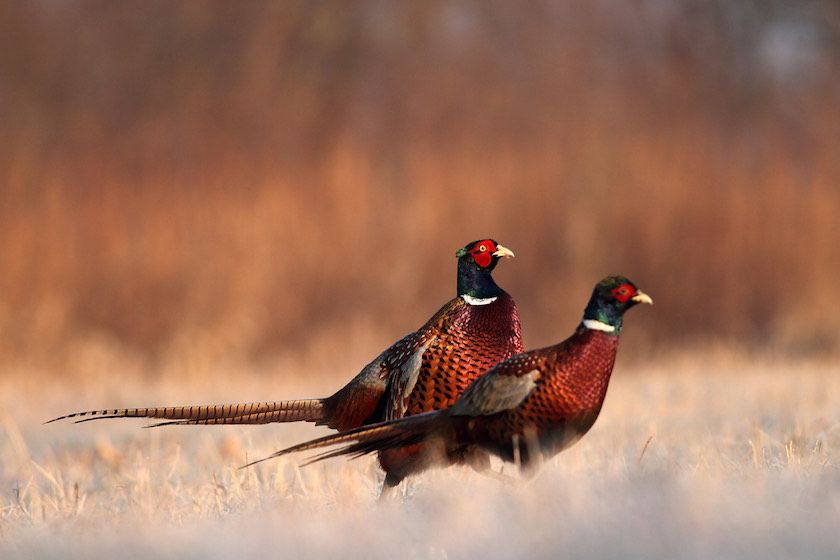
Beginners who want to try small game hunting for the first time can start with pheasant hunting. These agile grassland roosters are tricky to shoot, but once you get the hang of things, you’ll start hauling in several birds per hunting session!
RELATED: Every Duck Hunting Gear You Need
10 Things Beginners Need to Know About Pheasant Hunting
1. Understand the State’s Bird Hunting Regulations

Perhaps the first thing beginners need to do is to familiarize themselves with their state’s hunting regulations. Do not forego this step. Bear in mind that one can get arrested for breaking specific hunting laws and regulations.
For example, South Dakota pheasant hunting regulations state that hunters are limited to three roosters daily and a maximum possession of 15 roosters. Hens are often preserved to promote the proliferation of these grassland birds, so if you shoot them, you might have to answer to the local police.
Apart from that, make sure to clarify the window hunting hours, bag limitations, and weapon limitations, among others.
2. Hunt in Groups
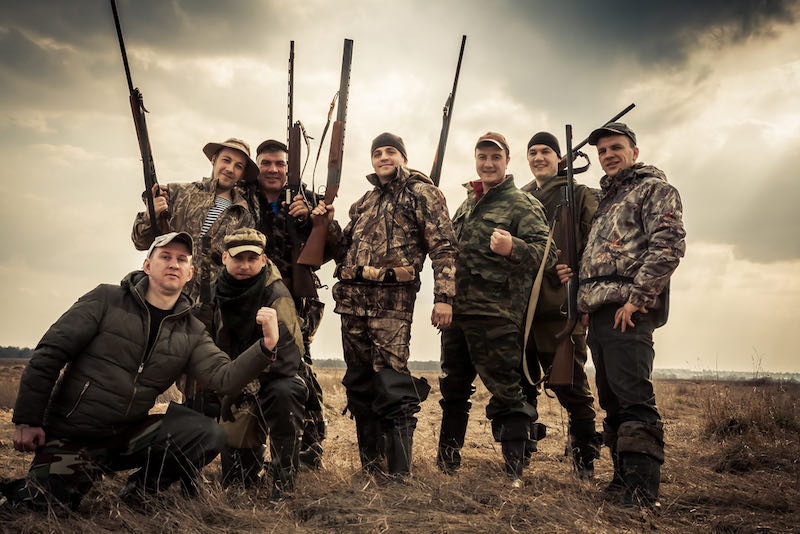
Whether you’re shooting small or big game, it’s always beneficial to go with other hunters—preferably with those who are more skilled and experienced than you are. This is especially crucial for beginners.
3. Create a Shooting Formation
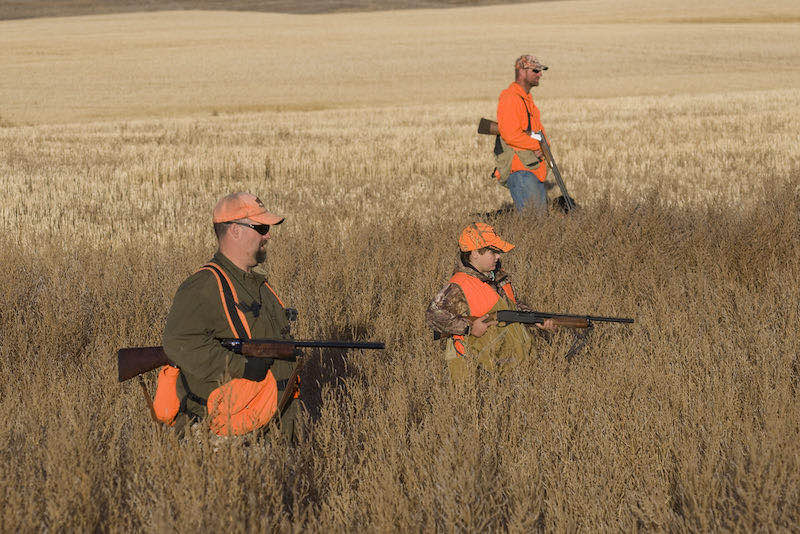
Ideally, hunting groups should explore densely populated areas filled with grassland birds. Make sure there are multiple thick trees, shrubs, and fencerows for you and your group to hide in while shooting.
Position yourselves about 20 yards away from each other and try to maintain a 40-yard distance from the targets. First-timers can try getting closer to the birds.
4. Assign Specific Roles
The key to hunting is teamwork—that is, if you’re with a group. You need to create a systematic formation and plan with your team to ensure a successful hunting session.
Pheasants don’t fly as much as other birds do. Instead, they tend to run swiftly to the end of the fields when startled or shot at by hunters.
If you’re hunting alone, getting a decent shot will be quite the challenge as these birds are very agile. Pheasants can easily outrun newbie shooters.
A good strategy here is to have accurate shooters aiming at the end of the fields while newbie shooters serve as distractions to flush and startle the game.
RELATED: Coyote Hunting Gear Every Hunter Should Bring
5. Choose a Good Hunting Dog
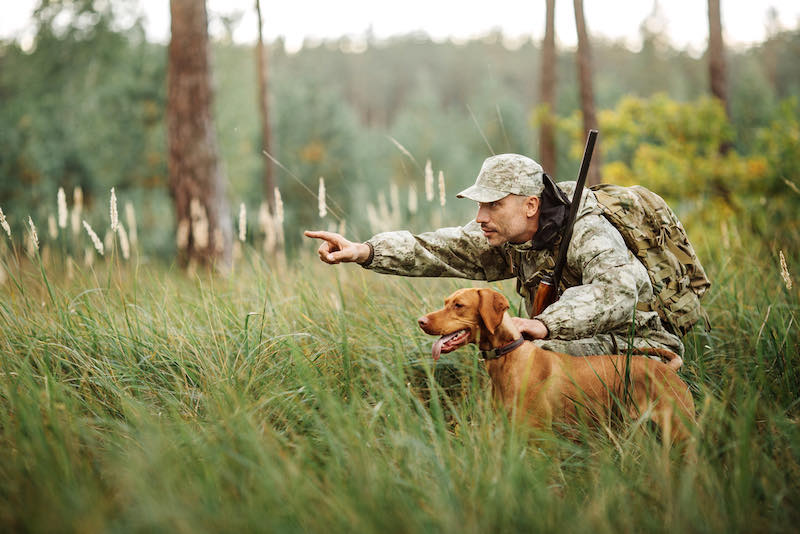
On choosing a hunting dog, we strongly advise investing in one that’s specially trained for bird hunting. There are some great hunting dogs that can both flush and point birds.
Some hunters might wonder whether it’s okay to use their house pet as a hunting dog. Generally, there shouldn’t be anything wrong with trying, but make sure they listen to your commands, are well behaved, and easy to handle.
If you’re not confident you can keep your dog on a leash, don’t even attempt to bring them with you on your camping trip. Trust us, having your happy little four-legged buddy running around a hunting track mindlessly is very unsafe.
6. Be Careful With Hunting Dogs
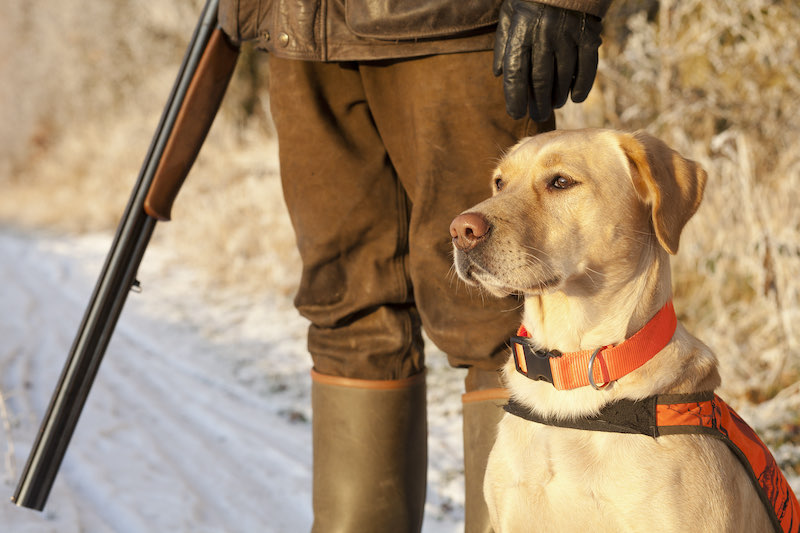
Bear in mind that stimulated dogs will happily chase a flushed bird, so make sure there aren’t any hunting dogs around before shooting. If you’re not a good shot yet, try practicing in areas with lesser hunters and hunting dogs first.
Also, don’t pet or command another hunter’s dog. Apart from being rude, doing any of these can confuse the animal and severely mess up their training.
7. Embrace the Rain

A very common rookie hunter mistake is avoiding the rain. Yes, it’s messy, but that doesn’t mean it’s not a good idea to hunt in the rain—as long as it’s not a storm, of course.
TIME SENSITIVE INFORMATION: EX-CIA Agent Takes You Through The Intensive Sharp Shooter Training He Learned In The CIA Academy. In Just 30 Days Learn To Be A Sharp Shooter Like Every Agent Leaving The Academy.
On the contrary, pheasant hunting is much easier when done on a rainy day. The cold weather makes it easier for dogs to track scents and the muddy grass gives away the location of the game.
8. Learn to Track Signs of Pheasants
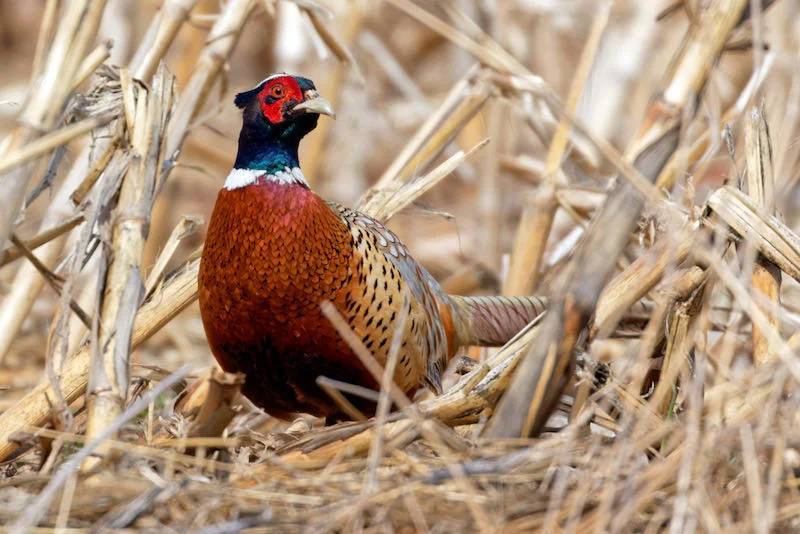
One of the best, most efficient ways to monitor pheasant activity is to trace foot tracks and follow the sounds of crowing. Keep an eye out for any other evidence on the ground such as droppings and feathers.
Note, however, that these tracks might get covered by human footprints—especially if there are many participants this pheasant hunting season.
To make things easier, only scout areas filled with tall corn stalks and cattails. These birds regularly feed on corn and seek shade under tall plants in grassy, marshy locations.
Don’t worry if you can’t seem to spot where the densely populated areas are on your first few hunting trips. Tips and techniques are great, but the best way to understand pheasant activity is through experience. Remember their flocking habits, eating schedule, and common tendencies when being flushed.
9. Schedule Your Trips Accordingly
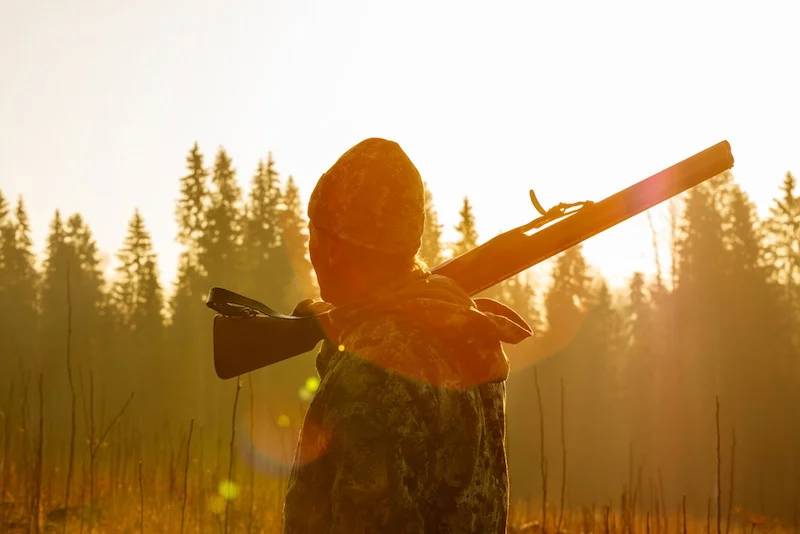
When hunting on pheasant hunting public land, you need to time your trips accordingly. It’s best to hunt early or later in the day when the sun isn’t out because grassland birds scavenge for food during these timeframes.
Hunting in the afternoon isn’t a good idea as the birds will likely be seeking shade. Plus, if there are too many hunters, they’ll be too scared to even go out and you’ll have an even harder time searching for a proper hunting location.
The only exception to this rule is if you’re part of a private hunting club. These establishments control bird activity primarily depending on the requests and demands of their members.
10. Choose the Right Weapon
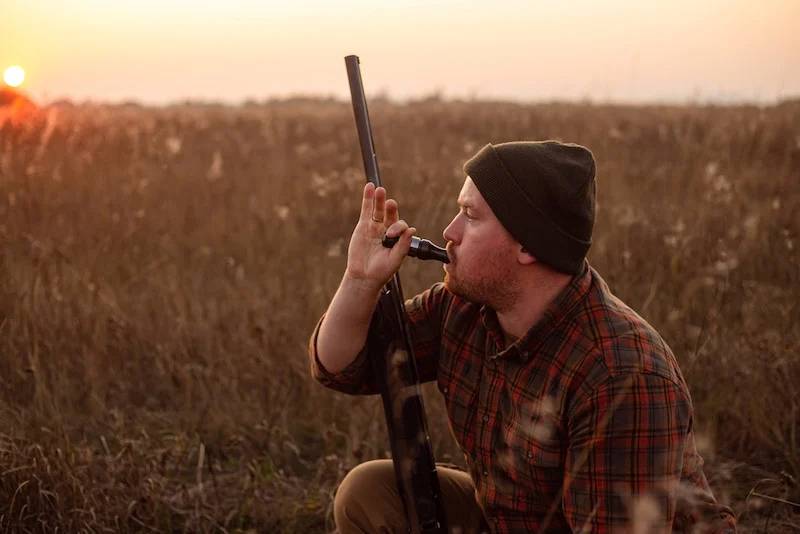
Choose the right weapon for your trip. Beginners can perhaps start with short-range weapons with manageable recoil and high accuracy. As you get better, you can try more challenging, powerful weapons such as shotguns, rifles, and muzzleloaders.
Check out this video by The Real Outdoor Experience where they break down the basics of pheasant hunting:
Overall, the key to a successful pheasant hunting session is preparation. Yes, these grassland roosters are easier to hunt than other wild game, but do not underestimate them. Small birds are very agile so don’t expect to easily get a decent shot.
Also, don’t limit yourself to just one or two weapons. There are multiple options on the market. Do some exploring to see which ones would allow you to shoot accurately at these quick, agile birds the best.
Do you have any more questions about pheasant hunting? Post them in the comments section below!
Up Next:
- Essential Small Game Hunting Tips For Beginners That Should Never Be Ignored
- Nelson’s Guide To A Complete Hog Hunting Gear
- Quest For The Best Hunting Knife | Three Of The Best Hunting Knives In The World
Follow us on Facebook, Instagram, and Twitter!
Disclaimer: All content on this site is for informational purposes only. Please read our full disclaimer here.
You may like

How To Build A Debris Hut

Ironman Triathlon Podcast: What You Need To Know As An Aspiring Ironman

Awesome Family Camping Tips For Beginners

Hiking Safety Tips: What To Do When You Have Knee Pain On Trail? [PODCAST]

How To Craft Sharp Stone Tools To Survive The Great Outdoors

Mountain Bikers, Why You Don’t Want to Ride Like a Pro!

Hiking Boot Accessories
The Handgun Safety Test For Beginners
These Hunting Shotguns Are The Best Bang For Your Buck
11 Types of Guns That Will Keep You Alive On Doomsday
Best ATV Tires – The Top 6 Lightest Mud Tires
Arizona Hunting Laws and Regulations

The Top 5 Hunting Guns You’ll Ever Need For A Wilderness Walk-out

Hunting And Conservation Discussion | Call Of The Outdoors Podcast [LISTEN]
The Handgun Safety Test For Beginners
These Hunting Shotguns Are The Best Bang For Your Buck
11 Types of Guns That Will Keep You Alive On Doomsday
Best ATV Tires – The Top 6 Lightest Mud Tires
Arizona Hunting Laws and Regulations

The Top 5 Hunting Guns You’ll Ever Need For A Wilderness Walk-out






